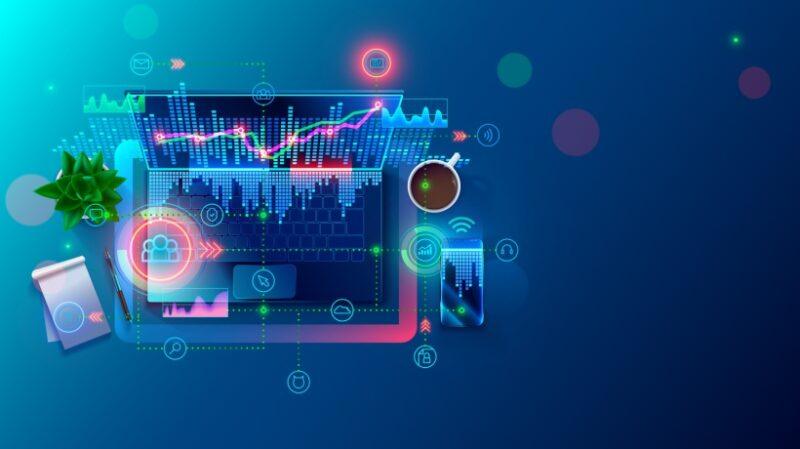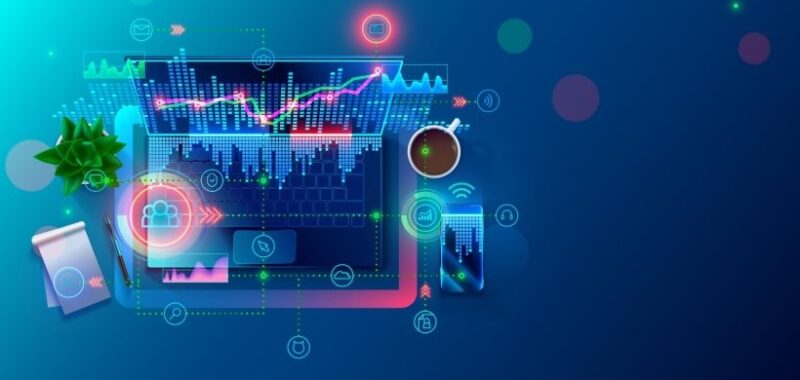
Essential Features Of Remote Workforce Management Software
Remote workforce management software has become an essential tool for businesses looking to manage distributed teams effectively. In an increasingly globalized work environment, finding the right software can streamline your operations, improve productivity, and ensure smooth collaboration. But not all remote workforce management tools are created equal. Below, we explore the critical features to look for when selecting the right software to support your remote team’s needs.
Critical Features To Consider When Selecting Remote Workforce Management Software
Comprehensive Employee Monitoring
One of the most important features of remote workforce management software is the ability to monitor employee performance efficiently. When managing a remote team, it’s crucial to have visibility into your team’s day-to-day activities without micromanaging. Look for solutions that offer detailed analytics and reporting capabilities such as:
- Time tracking tools that log work hours automatically.
- Activity monitoring that helps supervisors see what employees are working on in real time.
- Task completion analytics for tracking progress against deadlines.
These tools allow managers to measure productivity objectively and identify areas where additional support may be needed.
Seamless Communication And Collaboration
The success of a remote team depends heavily on how well employees can communicate and collaborate across different time zones and locations. To facilitate this, your remote workforce management software should include:
- Instant messaging platforms for quick communication.
- Video conferencing tools to maintain face-to-face interaction and foster team relationships.
- Document sharing and collaborative editing capabilities for real-time file collaboration.
By enabling these features, you ensure that communication barriers are minimized, which is vital for maintaining alignment and boosting overall productivity.
Task And Project Management
One of the primary challenges of managing a remote workforce is keeping tasks and projects organized. The software you choose should include robust task and project management tools that allow you to:
- Assign tasks and set priorities across teams.
- Track the progress of projects with clear, visual timelines.
- Use Gantt charts or Kanban boards to provide a comprehensive overview of ongoing tasks.
These features empower teams to stay on top of their responsibilities and ensure deadlines are met, all while avoiding the chaos that can come from decentralized task management.
Flexibility In Scheduling
A remote team often spans different time zones and personal work preferences. To manage this efficiently, your workforce management software should offer flexible scheduling options, including:
- Automated time zone conversion to ensure that meetings and deadlines align globally.
- The ability to set custom work hours to accommodate diverse working styles.
- Shift planning tools for businesses with time-dependent tasks.
Flexible scheduling not only makes your team more efficient but also supports employee well-being by allowing them to work in ways that suit their individual preferences and circumstances.
Performance Evaluation Tools
Tracking productivity is one thing, but it’s also essential to have tools in place to conduct comprehensive performance evaluations. Look for software that provides:
- 360-degree feedback systems to collect input from peers, managers, and direct reports.
- KPI tracking and goal-setting features to measure individual and team performance.
- Detailed performance reports that highlight strengths and areas for improvement.
This helps you develop tailored improvement plans and ensure that every team member is contributing to their full potential.
Cloud-Based Access And Mobile Functionality
Remote work inherently requires flexibility, and that includes access to your management platform. Ensure the software you choose offers cloud-based functionality, meaning team members can log in and access necessary tools from anywhere with an internet connection. Furthermore, having mobile compatibility is crucial, as many remote workers rely on smartphones and tablets to stay connected. Features such as mobile dashboards for managers and employees, as well as push notifications for important updates, ensure that your team remains productive on the go.
Security And Compliance
With remote work, there’s a higher risk of data breaches and compliance issues, especially when dealing with sensitive company or client information. Therefore, security should be a top priority when selecting workforce management software. Key features to look for include:
- End-to-end encryption to protect data during transfers.
- Multifactor authentication (MFA) to add an additional layer of security.
- Compliance with industry standards such as GDPR, HIPAA, or SOC 2, depending on your sector.
- Access control to define who can access specific parts of the system.
These security features help ensure that your business‘s confidential information is safeguarded against potential cyber threats.
Payroll Integration And Time Off Management
Managing payroll for a remote workforce can be complicated, particularly when employees are spread across different regions with varying tax laws. Choosing software that integrates payroll management and time off tracking ensures that:
- Timesheets are automatically synced to payroll.
- Holiday and sick leave are accurately tracked.
- Regional differences in payroll and compliance are accounted for.
This level of automation reduces administrative overhead and ensures that employees are compensated fairly and on time.
Customizable Dashboards And Reports
To manage a remote team effectively, it’s essential to have access to comprehensive data insights. Look for workforce management software that offers customizable dashboards and detailed reporting features that enable you to:
- Create personalized views of your most important KPIs.
- Generate custom reports based on employee performance, project status, or attendance.
- Visualize data with charts and graphs for easier decision-making.
These features allow managers to stay informed and make proactive adjustments to improve overall team performance.
Integration With Existing Tools
Your remote workforce management software should seamlessly integrate with the other tools your team uses daily, such as:
- CRM systems for sales teams.
- Accounting software for finance departments.
- HR platforms for seamless hiring and onboarding processes.
Integration ensures that data flows smoothly between platforms, reducing the time spent on manual data entry and minimizing the chances of errors.
Employee Engagement And Well-Being Tools
Lastly, remote work can sometimes lead to feelings of isolation, so it’s important to select a platform that includes features designed to improve employee engagement and well-being. Consider options that offer:
- Surveys and pulse checks to gauge employee morale and job satisfaction.
- Recognition programs that reward employees for their hard work.
- Well-being resources such as stress management tools or mental health support.
Promoting engagement and well-being ensures a happier, more productive team that feels valued and connected, even when working remotely.
Conclusion
Choosing the right remote workforce management software is crucial to maintaining a productive and efficient team. By focusing on the features outlined above, you can ensure that your team remains connected, motivated, and well-supported regardless of where they’re located.

